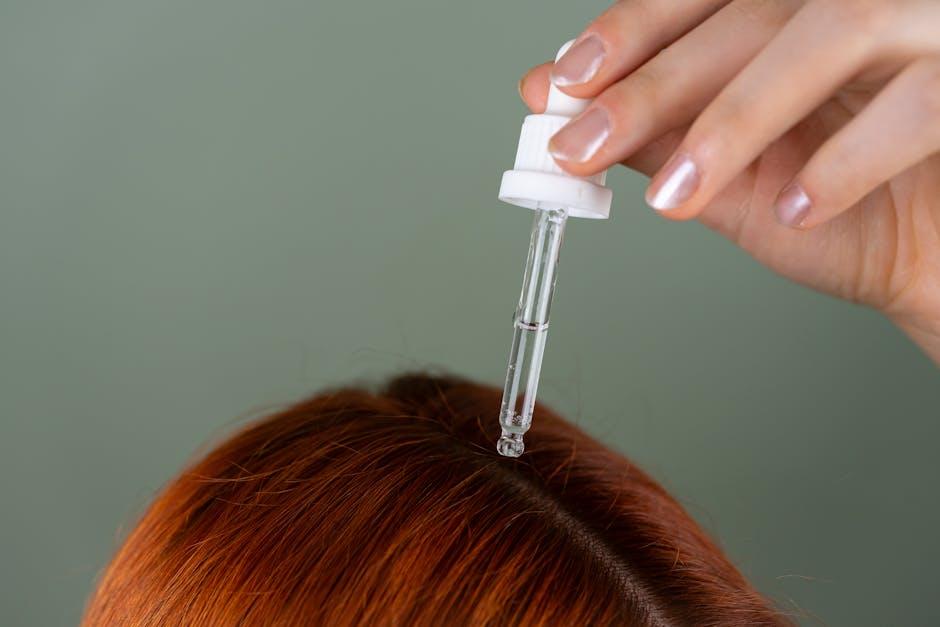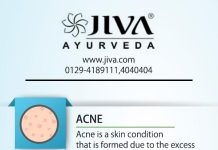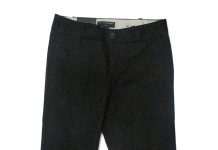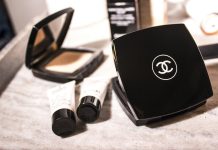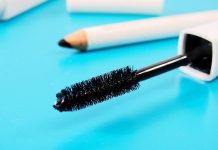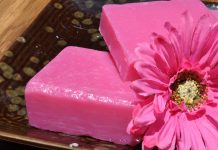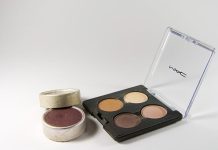Imagine walking through a vibrant, bustling marketplace, each stall brimming with colorful, exotic fruits. The scents are intoxicating, the choices endless. Now, replace those fruits with hair products—shampoos, conditioners, serums, and sprays—each promising to transform your locks into a vision of perfection. Just like in the marketplace, making the right choice can feel overwhelming, especially when your hair has its own unique needs and quirks. Welcome to the world of hair care, where one size most certainly does not fit all. In this article, we’ll guide you through the maze of options, helping you decode labels, understand ingredients, and ultimately, choose the perfect products tailored just for you. Let’s embark on this journey to discover how to give your hair the care it truly deserves.
Understanding Your Hair Type and Texture
Before diving into the sea of hair products, it’s crucial to grasp the unique characteristics of your hair. Hair type generally falls into four main categories: straight, wavy, curly, and coily. Each type has its own texture, ranging from fine to coarse, which plays a significant role in how products interact with your hair. For instance, straight hair often gets oily faster, while curly hair tends to be drier and more prone to frizz.
To identify your hair type and texture, consider the following:
- Porosity: Determines how well your hair absorbs and retains moisture. Low porosity hair repels moisture, while high porosity hair absorbs it quickly.
- Density: Refers to how many strands you have per square inch on your scalp. High-density hair appears fuller, whereas low-density hair looks thinner.
- Elasticity: Measures how much your hair can stretch without breaking. High elasticity means your hair can handle more manipulation and styling.
By understanding these aspects, you’ll be better equipped to choose products that cater specifically to your hair’s unique needs, ensuring healthier and more manageable locks.
Decoding Hair Product Labels and Ingredients
Understanding the fine print on hair product labels can be your secret weapon in choosing the right products for your hair type and concerns. When scanning the ingredients list, look out for key terms that indicate the presence of beneficial components. Hydrolyzed proteins like keratin or silk can fortify and repair damaged strands, while natural oils such as argan, jojoba, and coconut provide essential moisture and shine.
- Sulfate-Free: Ideal for those with sensitive scalps or color-treated hair, as sulfates can strip natural oils and cause irritation.
- Silicone-Free: If you’re aiming for a more natural hair care routine, avoiding silicones can prevent product buildup and keep your hair feeling light.
- Paraben-Free: These preservatives are controversial, and many prefer to avoid them due to potential health concerns.
Additionally, pay attention to the order of ingredients. The first five listed usually make up the bulk of the product, so prioritize those that list nourishing elements early on. By becoming label-savvy, you can tailor your hair care routine to perfectly match your unique needs.
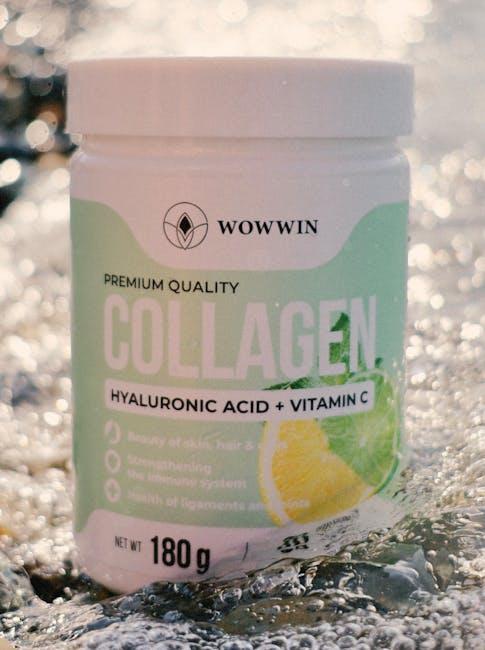
Selecting Shampoos and Conditioners for Optimal Results
When it comes to achieving the best results for your hair, the selection of shampoos and conditioners is paramount. To navigate through the plethora of options available, it’s essential to consider your hair type and specific needs. Here are some guidelines to help you make the right choice:
- For Oily Hair: Opt for lightweight, clarifying shampoos that help control excess oil without stripping your hair of its natural moisture. Look for ingredients like tea tree oil or peppermint.
- For Dry or Damaged Hair: Choose hydrating shampoos and conditioners rich in moisturizing agents such as argan oil, shea butter, and keratin. These ingredients help restore moisture and repair damage.
- For Curly or Coarse Hair: Select products that offer extra moisture and frizz control. Creamy, sulfate-free formulas with natural oils can help maintain your curls’ definition and softness.
- For Color-Treated Hair: Seek out color-safe shampoos and conditioners that are sulfate-free to preserve your color and add vibrancy. Ingredients like UV filters and antioxidants are a bonus.
Remember, the right combination of shampoo and conditioner can transform your hair care routine, leaving you with locks that not only look good but feel great too.
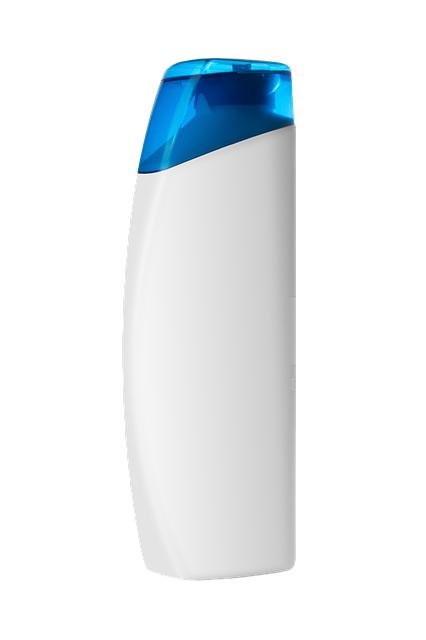
Targeted Treatments for Common Hair Concerns
When it comes to addressing specific hair concerns, targeted treatments can make a world of difference. Whether you’re battling dryness, frizz, or thinning, selecting the right products tailored to your needs is crucial. For dry hair, look for products rich in moisturizing ingredients like argan oil, shea butter, and glycerin. These components help to hydrate and nourish your hair from root to tip.
On the other hand, if you’re dealing with frizz, opt for anti-frizz serums and shampoos containing silicone, which can smooth the hair cuticle and lock in moisture. For those struggling with hair thinning, consider treatments with biotin, keratin, and niacin. These ingredients work to strengthen hair and promote growth. Remember to always read the labels and choose products that specifically address your hair type and concerns for the best results.
